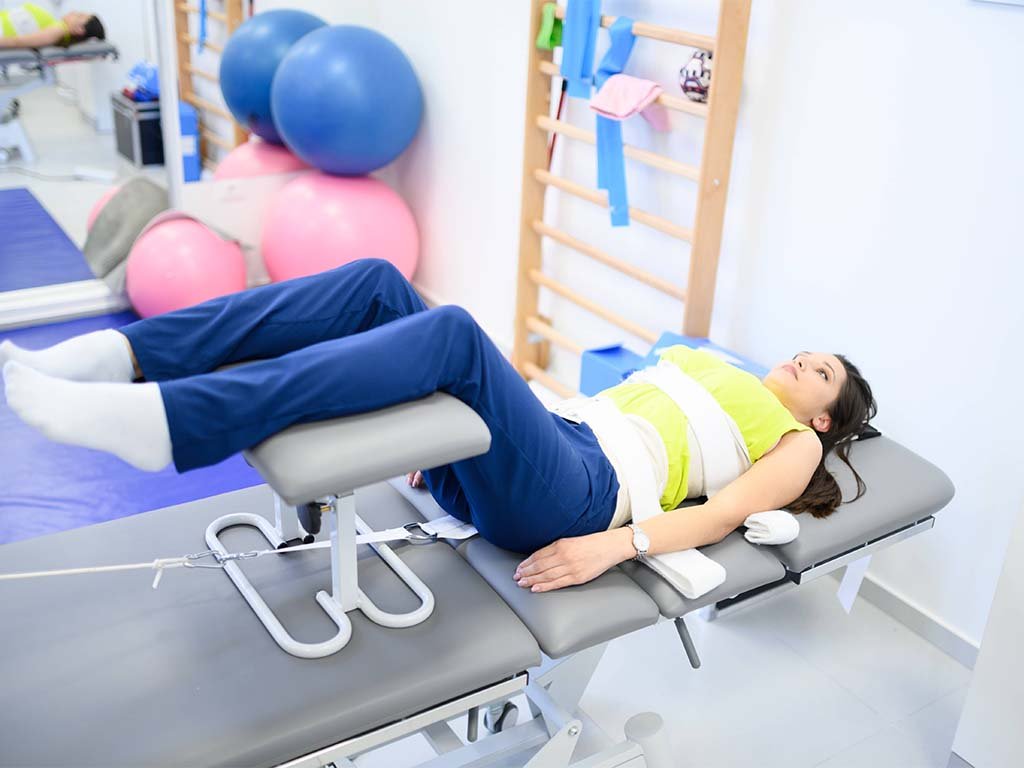- Mon-Fri: 13h - 21h
Saturday: appointment
- +382 67 834 191
+382 67 881 575 - dr.nenezic@gmail.com
- City Kvart L3-9
Podgorica, Montenegro
Physical Therapy
- Home
- Physical Therapy
Treatment packages
Contact Info
- City Kvart L3-9
Podgorica, Montenegro - +382 67 834 191
+382 67 881 575 - dr.nenezic@gmail.com
- Mon-Fri: 13h - 21h
Saturday: appointment
Physical medicine
Physical medicine is a field of medicine that deals with the study and application of various forms of physical energy for the purposes of prevention, diagnosis, therapy, metaflake, and medical rehabilitation. This field of medicine gained full recognition when the significant importance of physical therapy in the complex process of rehabilitation of the sick and injured was confirmed.
Treatments
Division of Physical Medicine:
- Physical Prophylaxis
- Physical Diagnostics
- Physical Therapy
Physical Therapy
Physical therapy is a part of physical medicine that involves the application of various forms of physical energy for the purpose of prevention, treatment, and functional training of the sick and injured. The term "physical therapy" comes from the Greek word “fysis,” which translates to “natural,” referring to the use of natural factors for treatment. Physical therapy is described as one of the oldest treatment methods, with the first records of it appearing in ancient Rome and Greece. The ancient Chinese also used natural factors for treatment. Thanks to the advancement and development of technology, particularly electronics, equipment-based physical therapy has experienced significant expansion. Physical therapy is also used during postoperative recovery. It can be used as the sole treatment method or in combination with other methods. Physical therapy represents a treatment method used for problems that limit movement, mobility, and affect the quality of life and the performance of daily tasks and activities. Its application alleviates pain and improves the functioning of the locomotor apparatus. After an examination, an individual program is formed for each patient. The goal, as mentioned, is to reduce pain and restore functioning as much as possible. The aim is also to improve joint mobility and restore flexibility to muscles as well as strength, endurance, coordination, and balance. In most cases, physical therapy involves some form of exercise. These can be stretching exercises, strength training, exercises with light loads, walking, and similar activities. It is also possible to create a program that the patient can follow at home.
Tasks of Physical Therapy and When It Helps
Recovery After Injuries – Physical therapy can assist in recovery after injuries and prevention to ensure they do not recur. It helps in relieving pain in muscles, tendons, or ligaments, strengthens muscles, increases flexibility, and enhances the range of motion.Chronic Problems – Physical therapy eases the discomfort associated with chronic issues and can improve the quality of life. It can significantly contribute to improvements in conditions like Parkinson's disease, Spinal stenosis, arthritis, and more. This therapy focuses on reducing pain, enhancing mobility, and providing long-term benefits to patients with chronic conditions. Through a combination of exercises, manual therapy, and education, physical therapists help manage and alleviate the symptoms of chronic diseases, ultimately aiming to improve daily functioning and life quality.
- Reduction or Elimination of Pain
- Improvement of Local Circulation and Metabolism
- Tissue Repair and Regeneration
- Increasing the Elasticity of Soft Tissues
- Regeneration of Damaged Nerves
- Increasing Weakened Muscle Strength and Improving Movement Coordination
Shopping Cart
There is no item in your cart




